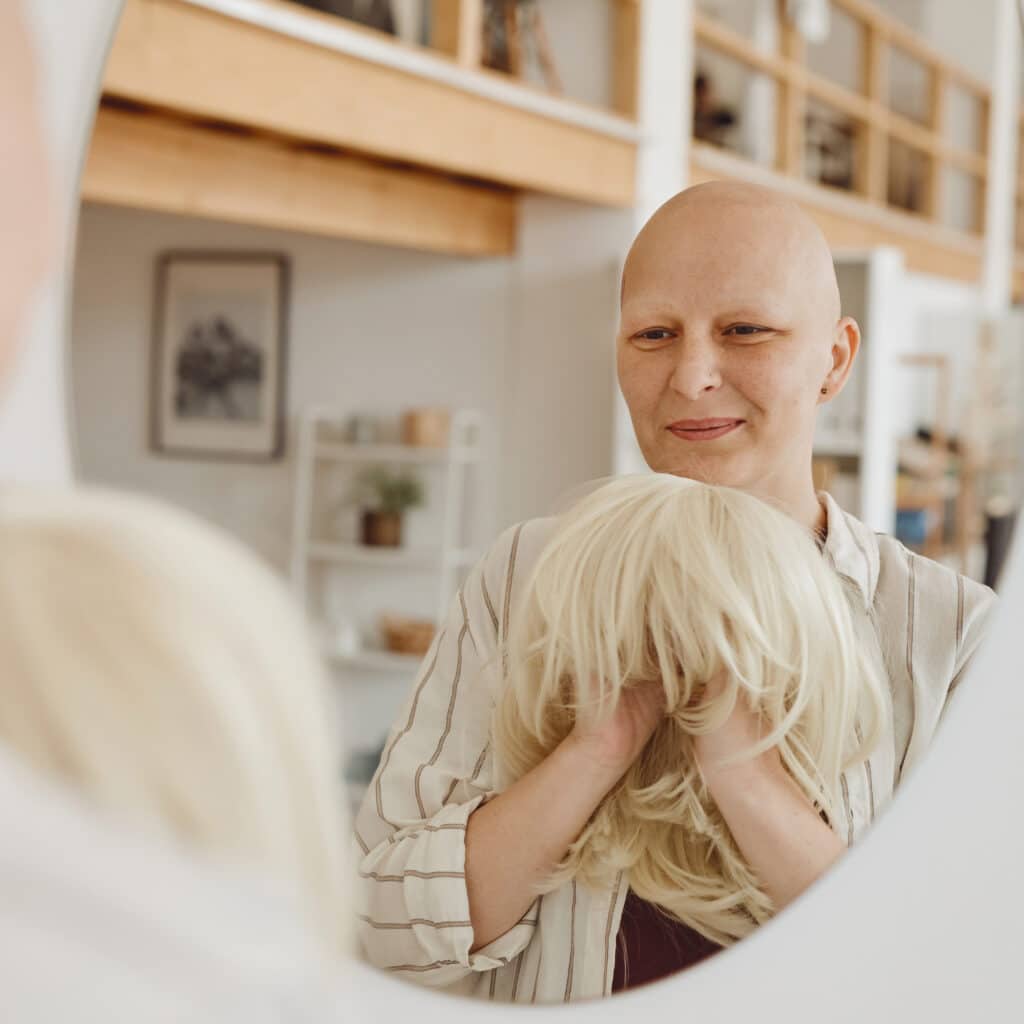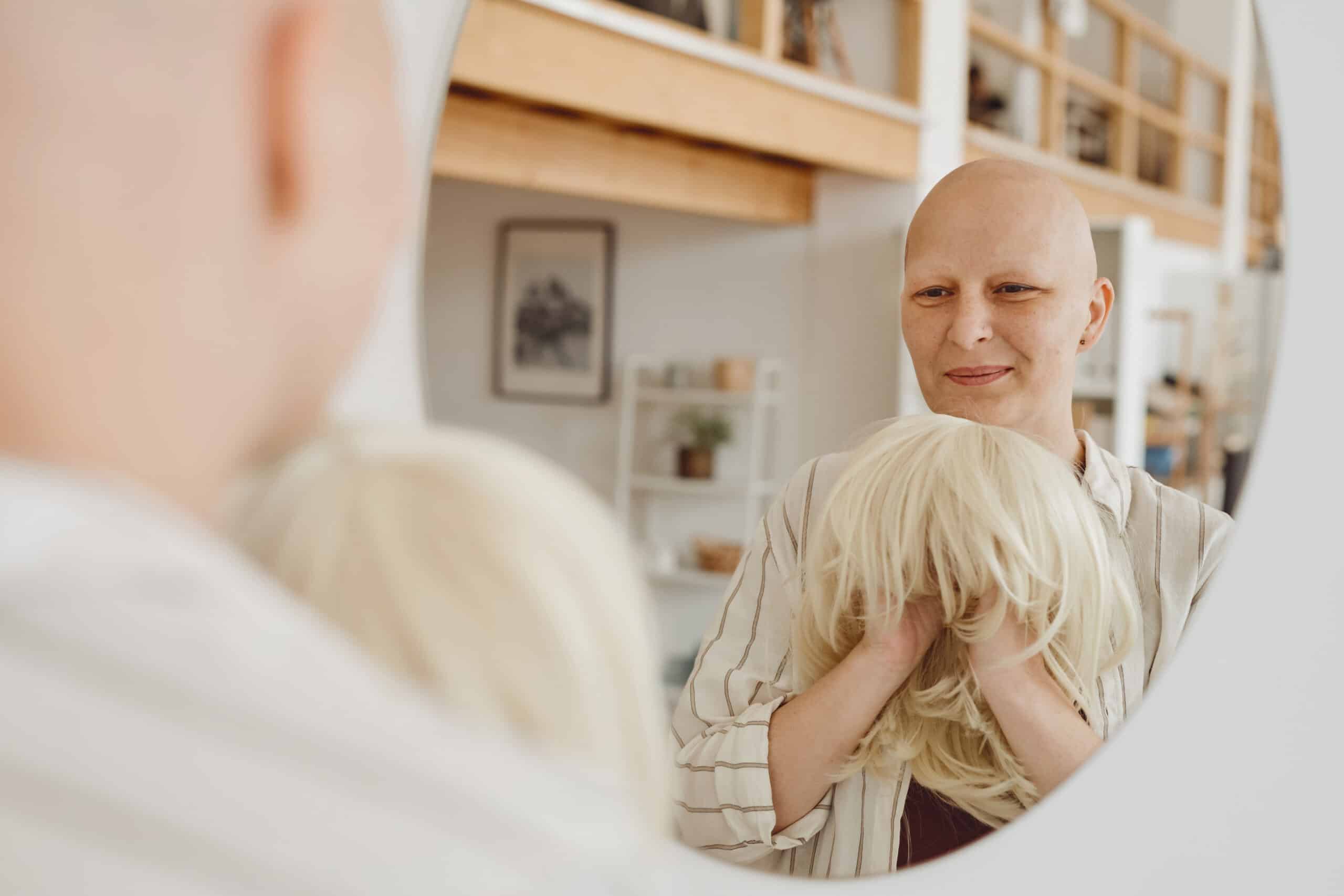
Adolescent and Young Adult Lymphoma
Adolescent and Young Adult Lymphoma:
Appearance and Physical Changes

For many AYAs, appearance and physical strength are important parts of their self-image. Some lymphoma treatments can cause temporary or permanent physical changes to the body, including hair loss, surgical scars, weight gain or loss, fatigue (feeling tired all the time), and/or problems with balance and agility. This may make AYAs and all patients feel self-conscious or insecure and may impact how they relate to others. Physical changes and reduced energy levels could require changes to their normal routine, and they may need to adjust their expectations at a time in their lives when they crave normalcy and want to fit in with their peers.
Although it seems counterintuitive, some patients describe positive changes in their body image due to living with lymphoma referred to as resilience. For example, they may gain an appreciation of their body’s ability to recover or discover that appearance and body shape are less important than they used to be. Scars can be seen as signs of courage and survival.
Before starting treatment, it is important that AYAs speak with their doctors and healthcare team about physical changes to expect so they are fully prepared if these changes arise. There are many valuable resources available throughout their cancer experience such as physical therapists, dietitians, fitness coaches, and counselors who specialize in helping cancer patients deal with these changes. AYAs are encouraged to use all the resources available to plan and work toward a post-cancer lifestyle that includes their passions and interests.
The Lymphoma Research Foundation Adolescent and Young Adult Lymphoma initiative is supported by Founding Sponsor The Paul Foundation.


